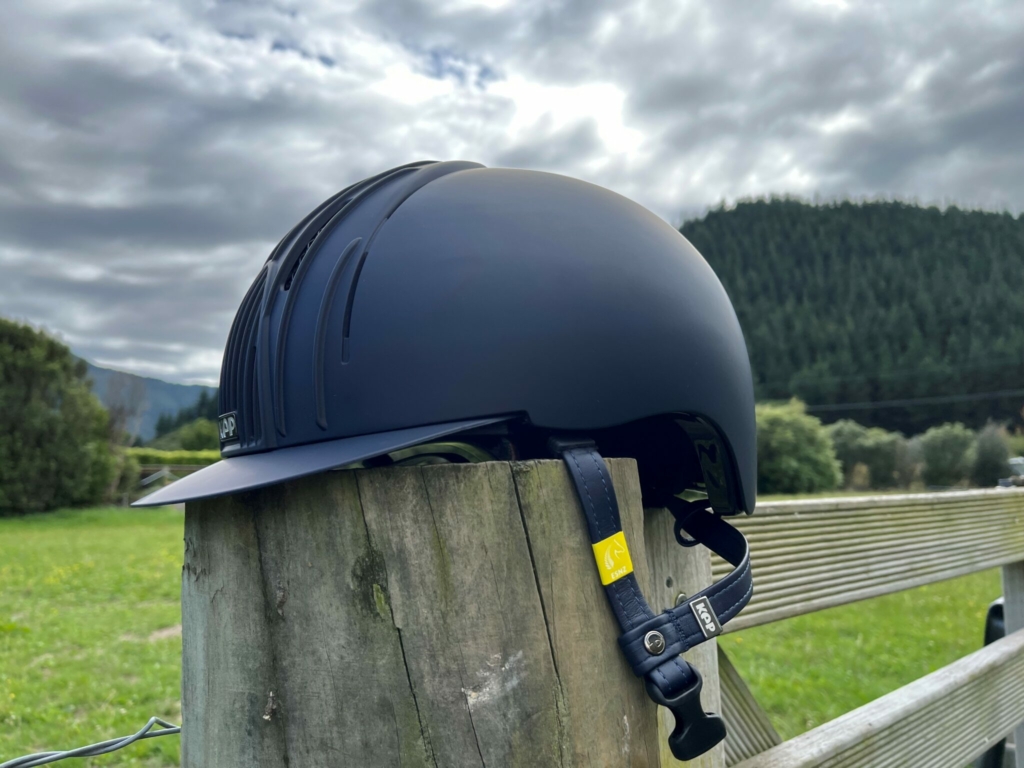At ESNZ we take riders safety very seriously; helmets will either need to display the yellow tag or, if impractical to have tagged before the event, must be checked to be compliant by an ESNZ Official
From 1 August 2023 you will need to ensure that your helmet for wearing at ESNZ Events and Activities is compliant with our Yellow Tagging regulations and helmet standards.

Background
A rule was introduced into the ESNZ General Regulations back in 2017 that required all riders competing in ESNZ disciplines to wear approved safety helmets.
ESNZ and New Zealand Pony Clubs Association signed a joint memorandum of understanding to support the single tagging policy for New Zealand equestrian events and activities held by either of the two organisations. This resulted in the production of a joint ESNZ/NZPCA branded helmet tag to be attached to a helmet approved to be worn at all events and activities of either organisation.
1 August 2023
When we removed a standard (as has happened with EN 1384 2017 and VG1 without a kitemark), we needed to change the tagging procedure to make it a lot easier for our officials to monitor that riders are safely kitted out with approved gear when competing at Events. So, a yellow helmet tagging procedure was introduced, to take effect from 1 August 2023. As technology and manufacturing standards continue to improve, new standards are added on to our existing list of approved helmet standards. As they are being added (and not removed), this doesn’t require a change of helmet tag or system. Therefore, there are no plans to update the helmet tagging procedure in the foreseeable future.
The ESNZ rule now states that all riders must wear an approved safety helmet in competition – the accepted safety standards can be found at all times on the ESNZ website. Helmet checking and tagging will continue at events, and some special helmet tagging sessions, indefinitely.
Helmet tagging, by ESNZ Officials and Staff, and at ESNZ Events, is currently done at no cost. ESNZ bear the cost of helmet tags.

The move to approved safety standards is in recognition of the importance of safety in equestrian sport and is being taken seriously by ESNZ.
If you have a new or existing helmet that needs tagging, you can download our list of approved helmet taggers below and contact one in your area. Alternatively, there are usually officials able to tag at our events.